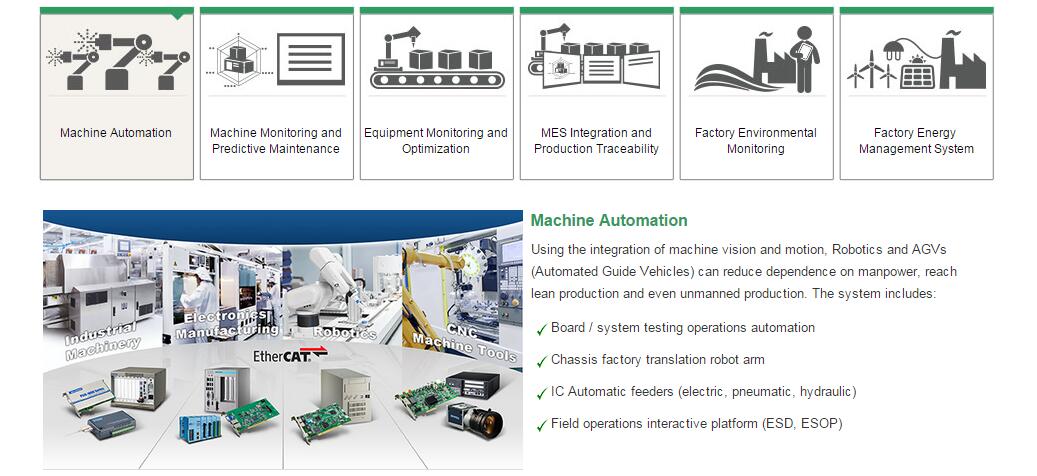|
Introduction: Natural Language Generation (NLG) is an emerging technology that aims to transform the way we communicate with computers and machines. NLG enables machines to generate human-like text by understanding and interpreting data, allowing them to produce coherent and contextually relevant narratives. This article explores the concept of NLG, its applications across various industries, and its potential impact on our daily lives. Understanding Natural Language Generation: NLG involves the process of converting structured data into natural language text. It encompasses a range of techniques such as machine learning, deep learning, and natural language processing (NLP). By leveraging these technologies, NLG systems can analyze data, identify patterns, and generate narratives that convey information in a manner similar to human language. Applications of Natural Language Generation: Business Intelligence: NLG is revolutionizing the field of business intelligence by automating the generation of reports, summaries, and insights. With NLG, organizations can extract valuable information from complex datasets and present it in a format that is easily understandable for decision-makers. Content Creation: NLG has the potential to transform content creation in various domains such as journalism, marketing, and e-commerce. Automated content generation can produce personalized news articles, product descriptions, and marketing campaigns based on user preferences and data analysis. Virtual Assistants: NLG plays a crucial role in developing conversational virtual assistants like chatbots and voice assistants. These assistants can understand user queries, retrieve relevant information, and generate responses that mimic human conversation, enhancing customer support and user experience. Data Visualization: NLG can be integrated with data visualization tools to create interactive and dynamic narratives. By automatically generating textual explanations and summaries of visualized data, NLG enhances data comprehension and facilitates effective communication of insights. Impact on Society: The widespread adoption of NLG technology is expected to have a significant impact on society. It has the potential to streamline business processes, improve decision-making, and enhance user experiences. NLG can also bridge the gap between data experts and non-technical users by democratizing access to complex information and insights. Moreover, NLG can contribute to the creation of more inclusive technology by enabling communication with individuals who have limited literacy or language skills. It can also support language translation and localization efforts, facilitating cross-cultural understanding and collaboration. Challenges and Future Directions: While NLG holds immense promise, it faces several challenges that need to be addressed. These include ensuring the ethical use of generated content, maintaining quality and accuracy in text generation, and handling biases present in training data. Ongoing research and development efforts are necessary to overcome these challenges and unlock the full potential of NLG. In the future, NLG is likely to become more sophisticated, leveraging advancements in AI and NLP. It will enable machines to generate nuanced, context-aware narratives, making interactions with computers even more natural and human-like. As NLG continues to evolve, it will reshape how we communicate, collaborate, and consume information in the digital age. Conclusion: Natural Language Generation is a transformative technology that empowers machines to generate human-like text. Its applications span across industries, revolutionizing business intelligence, content creation, virtual assistants, and data visualization. The impact of NLG on society is far-reaching, enabling improved decision-making and enhancing inclusivity. While challenges exist, ongoing research and development will pave the way for even more sophisticated NLG systems in the future. As NLG evolves, it will undoubtedly shape the future of communication and interaction with intelligent machines.  |
